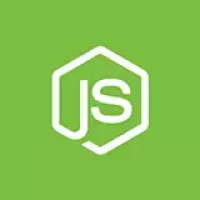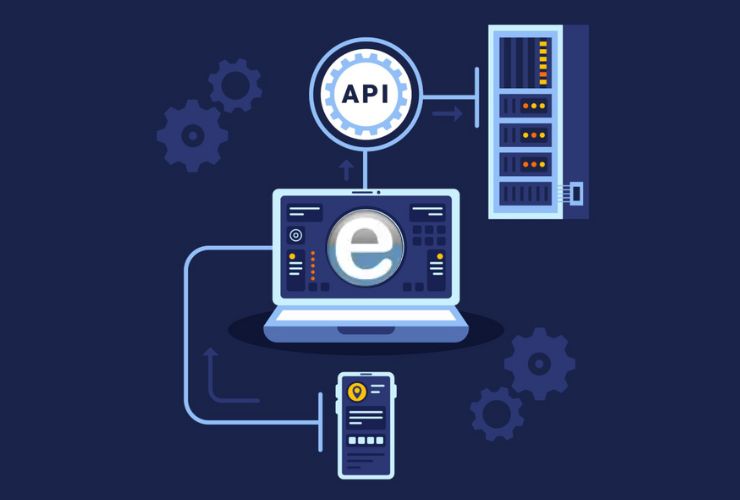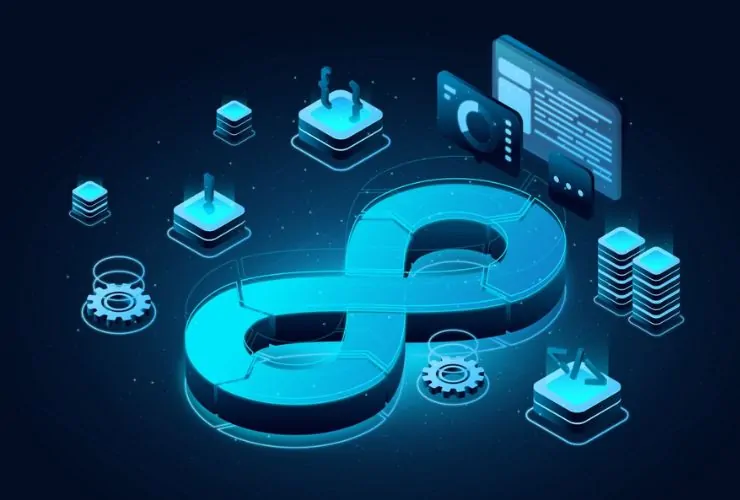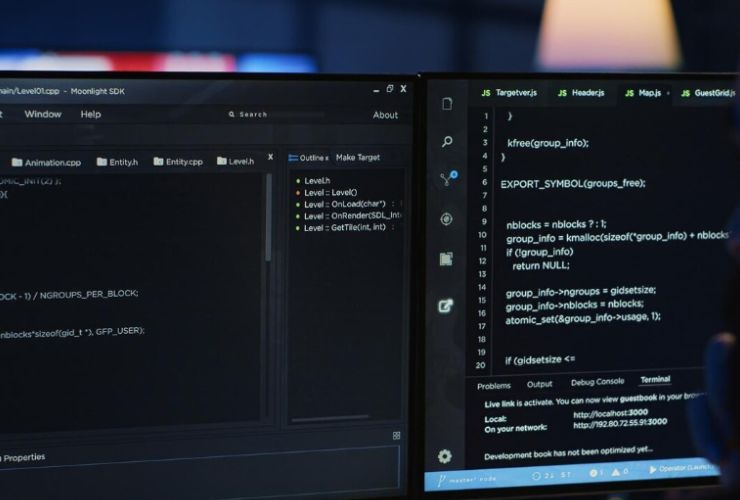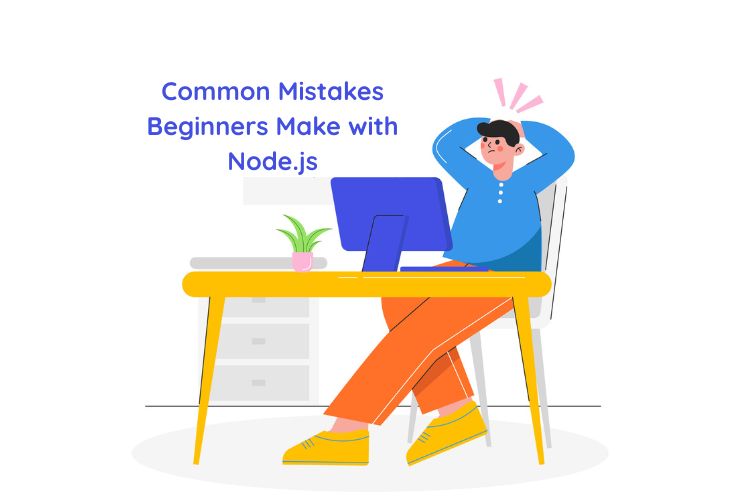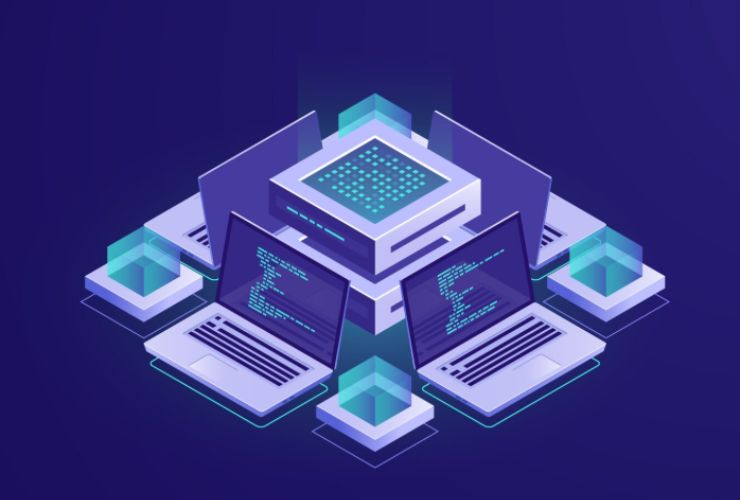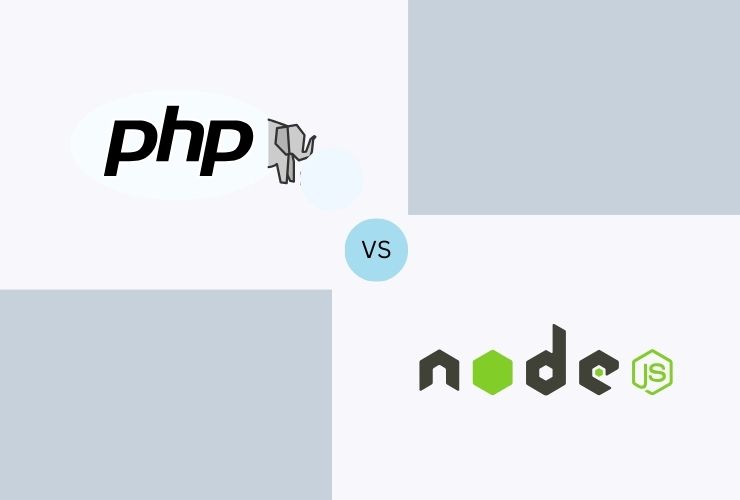A number of legacy systems face performance challenges – slow processing and query response times, poor scalability or outdated architecture. These issues can hinder innovation and business growth. Moving to Node.js is a way to modernize existing applications, improve performance and move to a microservices and API-first architecture.
Migration may not be a simple lift and shift. Migrating involves planning, or else businesses may run the risk of downtime, data integrity issues, failed integrations, and performance bottlenecks. It is important to understand the do’s and don’ts of migrating to Node.js carefully.
Why Migrate Legacy Systems to Node.js?
- High Performance: Performs non-blocking I/O as it is event-driven to enable faster processing in Node.js.
- Scalability: Can manage high concurrency (like microservices), which is well-suited for high-traffic apps of today.
- Modern Architecture: Can support microservices, REST, GraphQL API, and serverless APIs.
- Rich Ecosystem: A matured library of NPM packages (or projects) that enables rapid development.
- Cloud ready: It is easy to transition to cloud-native platforms and serverless architectures.
A Do’s of Migrating Legacy Systems to Node.js
1. Do a Detailed Assessment
- Assess the current applications, dependencies, and databases.
- Determine which modules are important, where the performance issues lie, and where integration points exist.
- Understand any technical debt and risks before migration.
2. Do Plan for Incremental Migration
- Pick-off parts of the migration instead of massive wants to rewrite the full project.
- Start with unimportant modules so the business risk is lowered.
- During migration use a parallel run strategy leveraging the old legacy systems while also using Node.js.
3. Do Transition to updated architectural Patterns
- Start using microservices in order to build modules that can be maintained over time.
- Start with API-first design models so internal, and external integrations are easier.
- Use containerization (Docker, Kubernetes) to give you deployment capabilities.
4. Do Consider Security and Compliance
- Yes! Security will always be important, so include authentication, authorization, and encryption as part of the core elements.
- Security compliance should follow all of the standards you things like GDPR, HIPAA, PCI DSS, or other relevant models.
- You should include security testing as part of your automated migration testing pipeline.
5. Do Test and Monitor
- Under each of the areas appropriately look to complete unit, integration and performance tests in parallel to migration.
- Use monitoring tools to ensure you also have real-time alerts that can identify and address any impedance or bottlenecks at the earliest possible time.
- For monitoring consider Application Performance Monitoring like New Relic or AppDynamics, or Node.js profiling tools.
Don’ts of Migrating Legacy Systems to Node.js
- Don’t rush the migration: Don’t do a full rewrite without doing proper planning, as it can lead to errors and downtime.
- Don’t ignore the complexities of data migrations: Make sure your data moves over smoothly and that you maintain data integrity.
- Don’t overlook possible dependency issues: Ensure legacy libraries and third-party integrations will not give you problems.
- Don’t forget to fine-tune performance: Node.js applications need their event loop to be optimized, follow caching strategies, and implement load balancing if necessary.
- Don’t skim the documentation: Good documentation will help you remember what you did, or better, let someone else see how code, APIs, and architecture fit together for easy maintenance.
Common Challenges of Node.js Migration from Legacy System
- Compatibility with ancient libraries or custom code
- Large data migrations often mean transformation and validation
- Ensuring business logic stays consistent across new microservices
- Performance issues can arise by carrying over legacy code that was inefficient
Advanced Strategies for a Migration
1. Start small and grow gradually
Start with low-risk modules to validate your approach and gain confidence.
2. Utilize automated tools
Using migration scripts, database replication tools, code refactoring utilities can save time and lessen potential errors.
3. Run parallel systems
You can run the new Node.js system alongside the legacy system, keeping both running until the migration is finalized. This ensures business continuity during the migration.
4. Continuously test and validate
At each step of the migration, perform a validation of the functional, performance, and security requirements.
Real-World Example
Industry: E-commerce Operation
Challenge: A legacy system (a 15-year-old PHP-based platform) was causing slower-than-desired checkout and performance issues.
Solution: Empirical Edge migrated core modules to Node.js microservices, an API-first approach, Redis caching layer, etc.
Impact:
- 40% faster page load and transaction processing
- 30% better uptime and reliability
- Easier integration with third-party services and mobile applications
Empirical Edge Node.js Migration Services
At Empirical Edge, we help you migrate from a legacy technology stack to Node.js with the least risk, while delivering the highest throughput.
To that end, we provide:
- Migration assessment: Assess the legacy system for dependencies, find bottlenecks, and develop a phased migration to minimized risk.
- Custom Node.js development: Rewrite or re-factor the legacy code into new scalable Node.js applications.
- Building optimization: Tune the event loop, caching, database performance.
- Integration to APIs and integrations to microservices architectures using REST, GraphQL.
- Monitor and continuing support to ensure continued reliability, and no degradation in performance.
Read more about our Node.js Development Services
Conclusion
Migrating legacy systems to Node.js is more than a technical upgrade—it’s an opportunity to modernize, scale, and future-proof your applications. By following the do’s and don’ts and applying proven strategies, businesses can reduce risk, improve performance, and embrace modern, cloud-ready software architectures.
At Empirical Edge, we combine Node.js expertise with real-world migration experience to deliver secure, scalable, and high-performance applications tailored to your business needs.
Ready to migrate your legacy system to Node.js? Contact Empirical Edge today.


